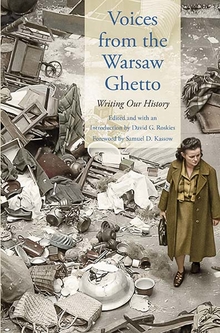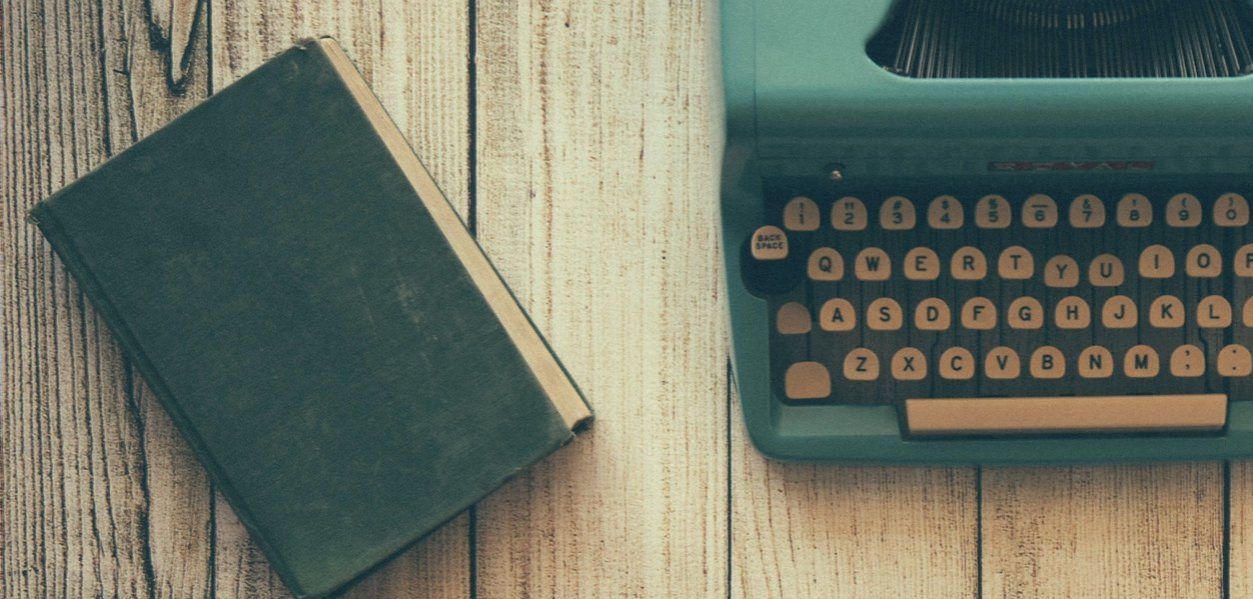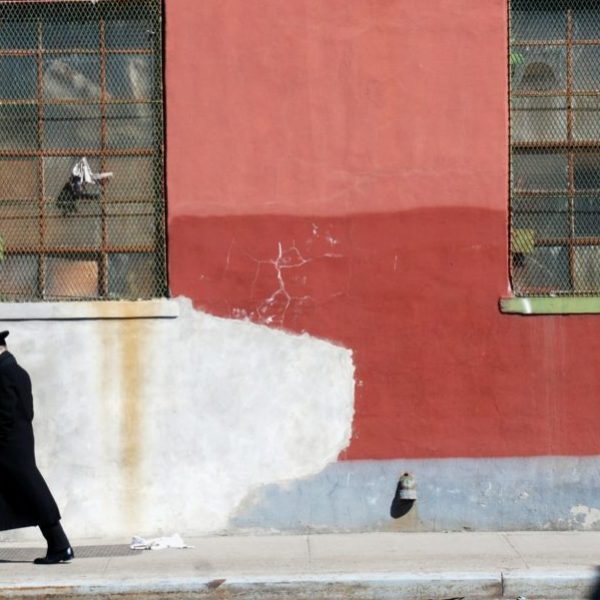A Time to Write and a Time to Resist
David G. Roskies—
Writing, we are told, is a form of resistance. The act of writing is an assertion of one’s selfhood, one’s right to live, think and feel in the face of all that negates it. But writing can just as easily be an escape from reality, an exercise in solipsism. The Journal of Hélène Berr, published to great acclaim in 2008, is a case in point. Berr was an accomplished musician, budding scholar of English Romantic poetry, and a woman in love. She addressed the second part of her wartime journal to her beloved, to read to him after the war was over. As an employee of the French equivalent of the Judenrat, the Jewish Council, she kept precise tabs on the deportations, yet as late as January 1944, when there were virtually no Jews left walking the streets of Paris, she refused to believe that deportation meant death and failed to go into hiding. So, which is it?
It’s all a matter of timing.
If Berr’s journal had been published immediately after the war, the Left Bank intellectuals who dominated the French literary scene would have denounced its author as collaborationist, delusional and petit-bourgeois. Even the fact that she mixed so much English into her French would have rendered her journal suspect. The world was simply not ready to hear her voice. An analogous fate befell the greatest repository of wartime documentation that was unearthed from beneath the rubble of Warsaw in 1946 and 1950: ten tin boxes and two milk canisters containing the first and second parts of the Ringelblum Archive; 35,000 pages in Polish, Yiddish, Hebrew, and German, not counting photographs, drawings, posters and other material objects. It would take another sixty years for them to be properly preserved, catalogued, copied, published, and digitized, even though their unique and extraordinary contents became known at once. What accounts for the time-lag? Not the water damage or the dearth of available experts. What made this material unassimilable was that the world was simply not ready to hear the polyphony of voices contained therein.
Those with a specific postwar agenda were sorely disappointed that the third part of the archive, which documented the uprising in the Warsaw Ghetto, was never discovered. That Jews fought back, it was then believed, would rescue their honor, for only the armed resistance of the few could undo the shame of the millions who had reputedly gone to the slaughter like sheep. The Soviet seizure of power in Poland further doomed the prospects of open inquiry. Most of what was contained in the Archive was politically incorrect; its guiding spirit had been Left Labor Zionist. Paradoxically, in the West, once the war was no longer being viewed through a political lens, the underground ghetto archive did not fare any better. Here and there, a name rose to the surface: a heavily expurgated edition of Emanuel Ringelblum’s Notes from the Warsaw Ghetto, translated from Yiddish; a too-elegant and incomplete translation of Chaim Kaplan’s Scroll of Agony,from the Hebrew. From Polish, there was the diary of the world-renowned educator, Janusz Korzcak (pen name of Henryk Goldszmit), and of the morally ambiguous Adam Czerniakow, head of the Warsaw Judenrat. Neither publication made much of a splash. One notable exception was Kiddush Hashem, the writings of Rabbi Shimon Huberband about Jewish religious life in the ghetto. Huberband had heeded Ringelblum’s directives to record everything honestly and objectively. Gerer Hasidim in Brooklyn bought up and publicly burned copies of the book because of a chapter it contained on the moral behavior of young Gerer yeshiva students.
Then, in the 1980s, a paradigm shift occurred. Ordinary survivors began to make their voices heard, and thanks to Claude Lanzmann and Steven Spielberg, their video testimonies became the main vector of Holocaust education and memory work. It was only a matter of time before the world was ready to hear from the Holocaust’s first witnesses: the young and old, the doctors and lawyers, the teachers and students, the merchants and beggars, the housewives and servants, the teamsters and smugglers, the musicians, actors, artists, and comedians; the pietists and freethinkers, the converts to Christianity, the political activists—to hear how they grappled with their situation and the collapse of social and cultural structures, institutions, and meanings. For lo and behold, their voices had been systematically transcribed by Ringelblum and his team, a veritable choir of voices, the more dissonant and diverse, the better. What’s more, the transcription had taken place in real time, for every day of ghetto time was like a year in times past, and the work continued, desperately, unwaveringly, even when the unimaginable happened, and the largest Jewish community in Europe was annihilated, as quickly and efficiently as the cattle cars could carry them to their deaths. No less unimaginable was that the last remnants built a huge network of underground bunkers and the youngest and most politically steadfast among them rose up in arms against the invincible enemy. Their voices too were preserved.
So, it is has taken this long to know the answer to our question. Writings is as variable as the human species itself. But when one is writing to preserve the voices of the many, whose voices had been sentenced to silence, then writing becomes a sustainable act of resistance. Read in the light of the underground archive in the Warsaw Ghetto—and let us recall that other archival projects were organized in Lodz, Vilna, Kovno, Bialystok, Terezin, and yes, even in Auschwitz-Birkenau—every independent act of writing assumes a cumulative and collective significance. Taken alone, The Journal of Hélène Berr can be read as a love story. Read alongside the wartime diaries of other young Jewish women in love, like Justyna (the nom de guerre of Gusta Davidson-Draenger), Mirjam Bolle, and Anne Mary Frank, it occupies a place of honor in a body of writing we now call Holocaust Literature. Holocaust literature, we now know, unfolds both forward and backward: forward, as new works of ever greater subtlety or simplicity come into being; and backward, as previously unknown works and compilations are published, annotated, translated, catalogued, and reinterpreted. Through the act of interpretation, we too become part of the resistance.
David G. Roskies is the Sol and Evelyn Henkind Chair in Yiddish Literature and Culture and professor of Jewish literature at the Jewish Theological Seminary.
Further Reading:



























